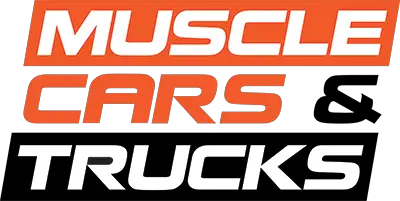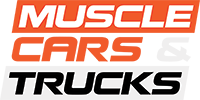General Motors has patented a variable compression engine with pushrods that could eventually find its way into a V8 application, in addition to twin-cam designs. This patent could also be the first piece of solid evidence that GM is working on a next-generation Small Block V8 engine family, which could still be a few years out. We could see this technology debut in the next-generation Chevrolet Silverado 1500 and GMC Sierra 1500 trucks, due out in 2025 or so.
GM Variable Compression Pushrod Engine Patent Details
Discovered by MC&T within the U.S Patent and Trademark Office database, GM’s design for the engine utilizes a control shaft connected to both the cranktrain and the valvetrain to offer both variable compression as well as corresponding variable valve lift.
Unlike a regular engine where the rods are connected directly to the crankshaft, the variable compression engine uses an intermediate multipoint linkage in between the rod and the crankshaft which can be manipulated by the control shaft. The control shaft can change the stroke of the piston by changing the axis of the multipoint linkage, thus changing the compression ratio.
In addition to the variable compression, the engine also has variable valve lift. The control shaft acts upon both the multipoint linkage and the camshaft to simultaneously increase or decrease valve lift while also adjusting the amount of stroke.
For the pushrod design, the patent states that the camshaft and control shaft move up or down in conjunction to change both valve lift and compression ratio, although it doesn’t state how the assembly is manipulated. This means that the entire camshaft moves up and down to accommodate the motion of the assembly.
With variable compression and variable valve lift, the engine can let in more air when the compression ratio is lower, making it perfect for a boosted application, while the higher compression can use less boost for more efficiency.
The application shows the technology’s application on both twin-overhead cam engines as well as pushrod engines, meaning we could see this in a V8 powerplant sometime in the future in addition to inline four-cylinder or six-cylinder gasoline engine configurations.








Here’s more technology to salvage the internal combustion engine. I hope it works as the electric car market will be growing rapidly.